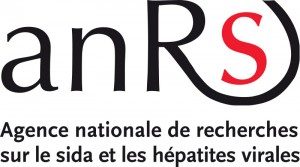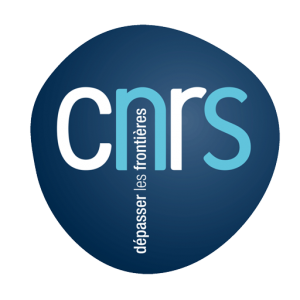Présentation
Cells respond to invasion by bacterial or viral pathogens with the production of IFNs and pro-inflammatory cytokines, as a first line of their innate immune response. This is due to their ability to detect non-self structures by specialized cellular molecules, referred to as pattern recognition receptors or PRRs. Among these, is the CARDcontaining DexD/H RNA helicase RIG-I which is activated upon binding to 5′-triphosphate ssRNA or short dsRNA structures. RIG-I associates then with ubiquitin chains in order to efficiently interact with MAVS, a mitochondriabound adapter protein. MAVS recruits in turn the IRF3/IRF7-activating TBK1/IKK kinases and the NF-Bactivating IKK complex, leading to induction of IFNs as well as that of IRF3-dependent genes which represent a subset of ISGs (IFN-induced genes) and that of pro-inflammatory cytokines. IKK can also be induced in response to inflammation through NF-B. IKK, but not TBK1, can interact directly with MAVS and we have previously extensively characterized this association as well as the ability of IKK to modulate the MAVS-mediated activation of NF-B (Paz, Vilasco et al, 2009, MCB; Paz, Vilasco et al, 2011, Cell Res). Like a number of positive strand RNA viruses, Hepatitis C virus can trigger the innate immune response through several PRRs (TLR3, TLR7, RIG-I). This response participates in the ability of some of the HCV-infected individuals (20% of cases) to clear the virus. However, chronic HCV infection develops in the majority of the patients, with associated inflammation of the liver. Defects of the host immune response and/or interference of HCV with this response are among the factors that explain persistence. One striking example is the ability of the virus to cleave MAVS through its NS3/4A protease. However, paradoxically, patients who are non responders to the IFN/ribavirin bitherapy, present high intrahepatic levels of ISGs, prior to treatment, and this has been considered as a poor prognostic marker of response to therapy. Efficient treatments with direct antiviral agents now exist, yet the most efficient results of treatments are linked to activation of the host immune response. We are exploring the interactions of HCV with cell signaling pathways involved in the establishment of innate immunity, inflammation and stress, in order to determine how to increase the innate immune response and decrease the inflammation and stress processes. Our cellular models of infection include an Huh7-derived cell line, that is conveniently both permissive to HCV and functionnal in regards with the IFN pathways, in particular with the RIG-I pathway. To establish the in vivo relevance of our findings, we infect Human Primary Hepatocytes with cell-cultured HCV (JFH1, genotype 2a) or serum HCV of different other genotypes (in collaboration with the group of Martine Daujat-INSERM U1040, Montpellier) We revealed the existence of a novel HCV-mediated control occurring early in infection through a transient activation of the stress-related dsRNA-dependent eIF2 kinase PKR. As a result, most of the eIF2-dependent translation of cellular mRNAs is attenuated, including that of IFN, while translation of the HCV genome proceeds unabated due to its eIF2-insensitive IRES structure (Arnaud et al, 2010 PLoS One.). We showed that HCV infection can be associated with induction of ISGs, in which PKR and MAVS appear also to be involved, through a mechanism that remains to be defined. One of the most induced ISGs is ISG15, a di-ubiquitine-like protein. We demonstrated that ISG15 interferes with the RIG-I ubiquitination process, thus preventing IFN induction. As such, ISG15 behaves as a pro-viral agent. Importantly, these data provide an explanation for the high intrahepatic expression of ISGs in the hard-to-treat chronically infected patients (Arnaud et al, 2011 PLoS Pathog.).




